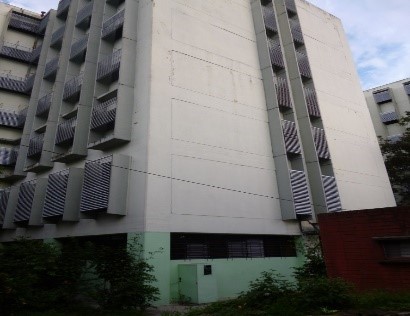Taxonomy Parameters
 1. Main structural system
1. Main structural system
- Buildings constructed of a reinforced concrete moment resisting frame
- With/without in-fill walls which do not contribute to lateral stiffness
 2. Height range
2. Height range
4+ stories
 3. Seismic design level
3. Seismic design level
- Very good construction quality and workmanship
- Several seismic enhancement measures
- Building designed for a high seismic hazard zone
- Non-structural elements are designed to withstand lateral loads
 4. Diaphragm type
4. Diaphragm type
- Roof/floor with sufficient in-plane stiffness
- Good connection of the roof/floor to the lateral load resisting system
 5. Structural irregularity
5. Structural irregularity
- Regular in plan and elevation
 6. Span length
6. Span length
- Span length is less than or equal to 6 m
 7. Pier type
7. Pier type
- Column depth is less than beam depth, and/or
- Three times the length divided by the column depth is more than or equal to 22
 8. Foundation type
8. Foundation type
- Prevents large foundation deformations and anticipated failures
 9. Seismic pounding risk
9. Seismic pounding risk
- Seismic gap between buildings at least 4% of the height of the shorter building where the expected collision occurs
 10. Effective seismic retrofitting
10. Effective seismic retrofitting
- Original structure, which undertook or not minor non-structural improvements and/or maintenance
 11. Structural health condition
11. Structural health condition
- Building structure is in overall good condition
 12. Non-structural components
12. Non-structural components
- Building has non-structural components that can produce human casualties and economic losses such as: parapets, ceilings, tiles, pipes, infill, etc.
Failure Modes
Overturning or damage of non-structural components (e.g. parapets, chimneys, etc.) due to lack of adequate anchorage/confinement.
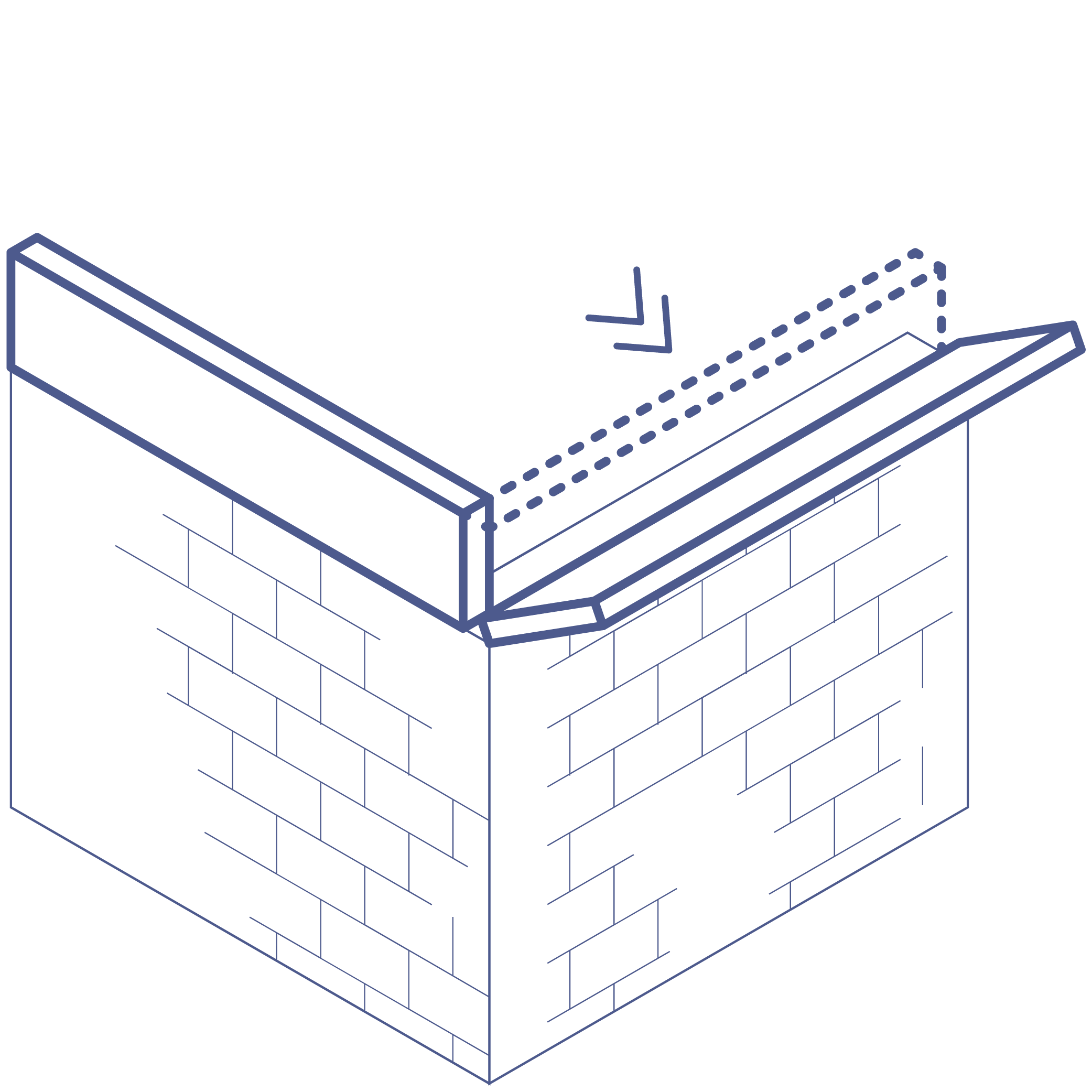
Collapse or failure of floor/roof. Possible causes include inadequate connection of floor/roof to the lateral resisting system (e.g. walls, frames), insufficient in-plane stiffness (e.g. unbraced timber/steel trusses) of the floor/roof, etc.

Test
Local joint failure due to lack of transverse reinforcement for shear/confinement, and/or inadequate anchorage of longitudinal reinforcement at the joint. This leads to brittle shear failure of the joint, and preferable plastic hinges are not able to properly form at beam ends.
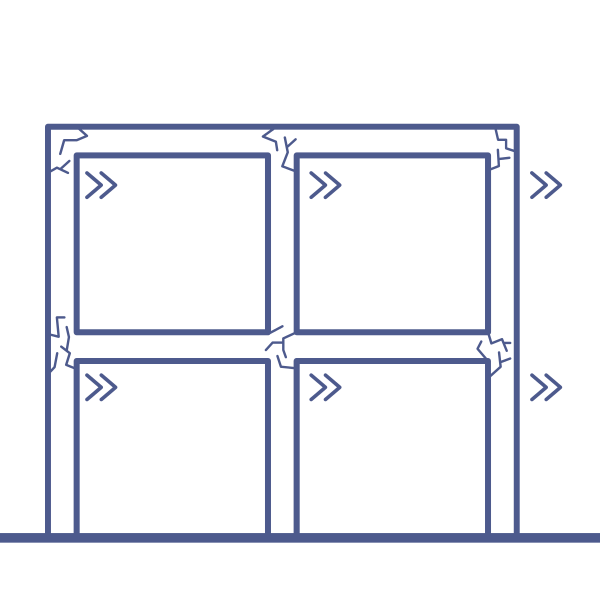
Fragile shear failure caused by the restriction of the column to deform laterally by partially confining masonry walls. A dangerous brittle failure mode governed by the shear failure of columns (i.e. key element of RC structure).
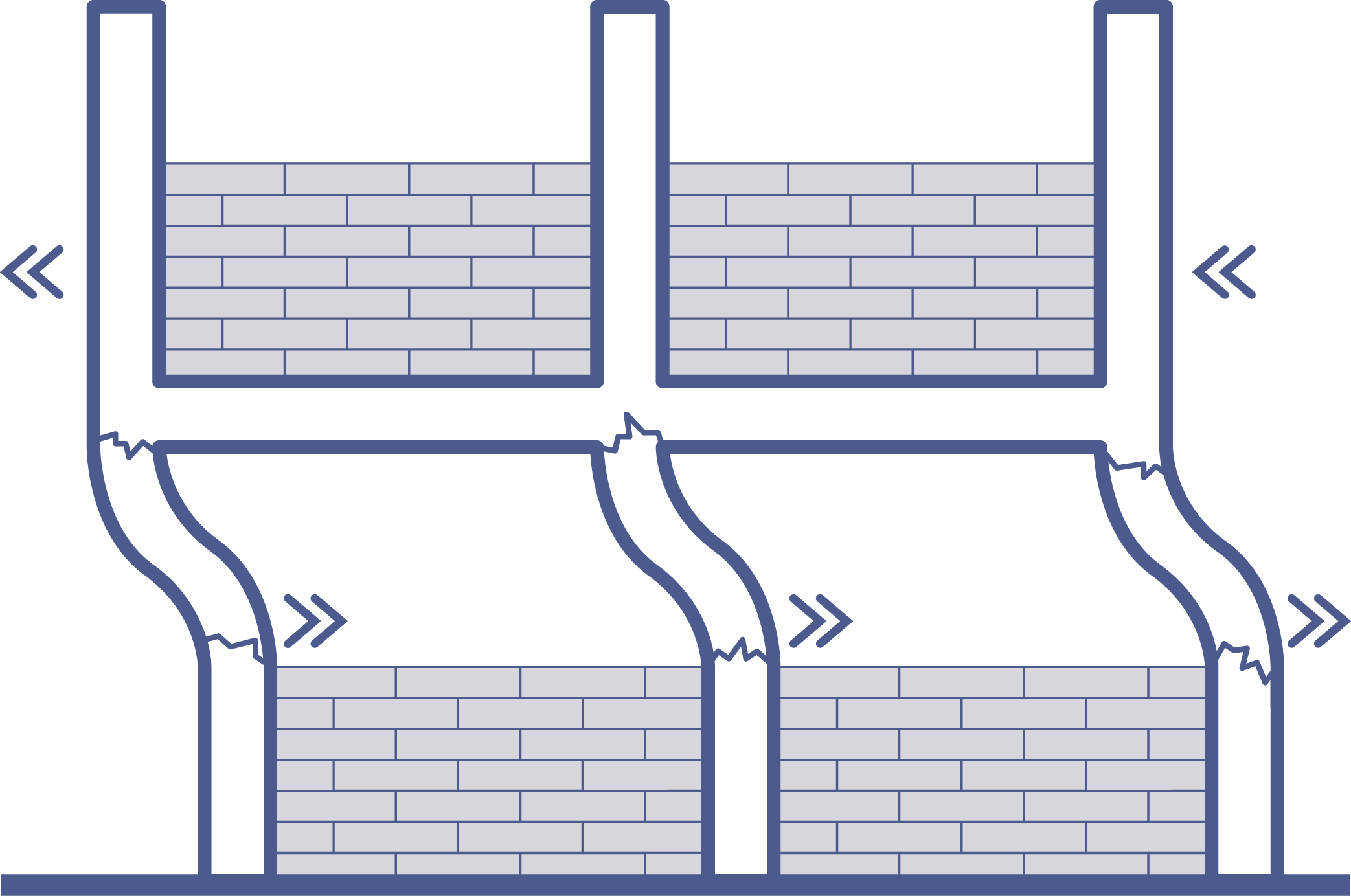
Collapse or failure of a story that is significantly more flexible or weak in lateral load resistance than the others, due to discontinuity in lateral stiffness (e.g. discontinuity of infill walls or columns). A dangerous failure mode governed by the failure of columns (i.e. key element of RC structure).

A global sway mechanism with desirable ductile behavior. With columns stronger than beams, plastic hinges are able to form in beams instead of columns (i.e. key element of RC structure), providing earthquake energy dissipation. This governs a progressive, ductile, and relatively safer failure mechanism.
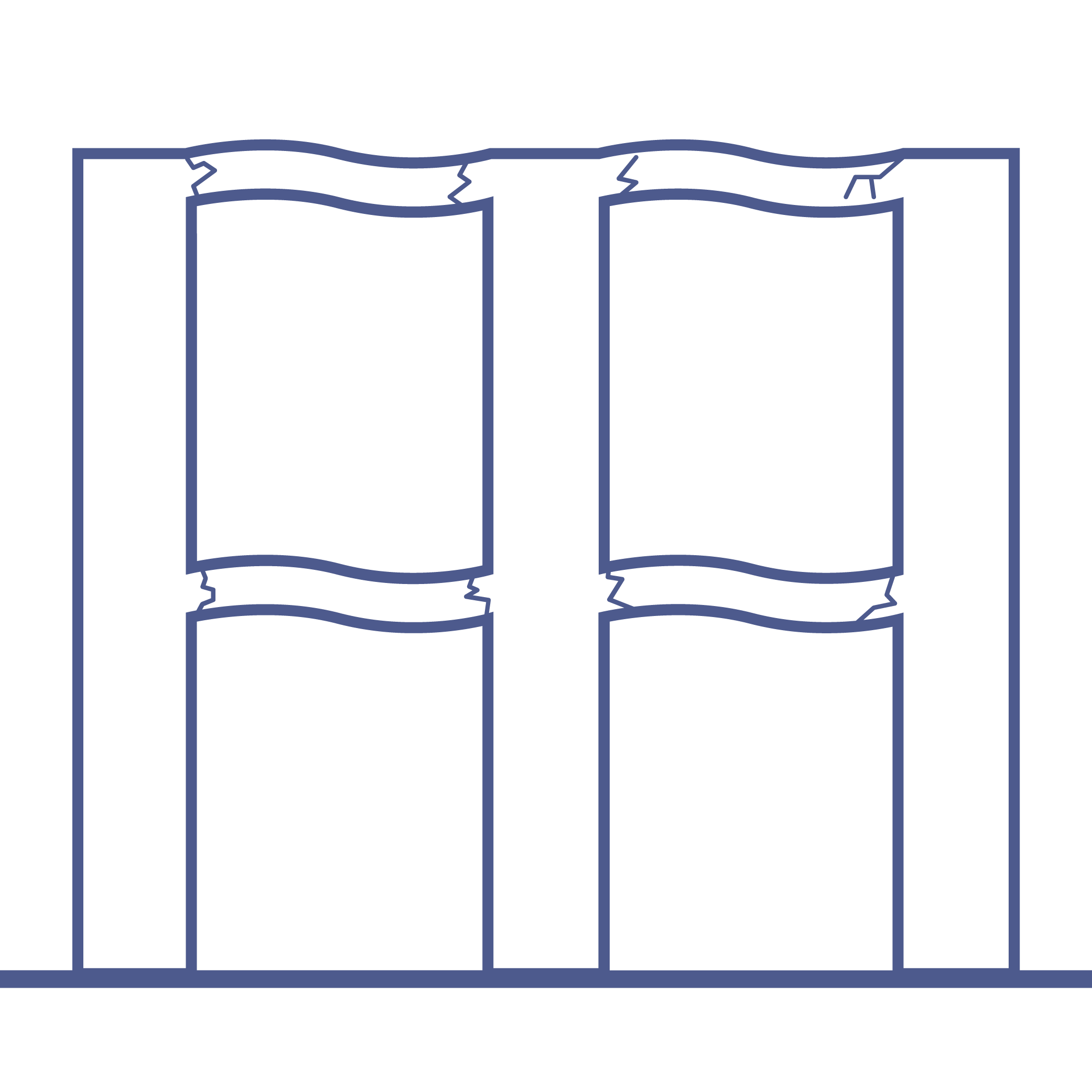
Collapse or partial collapse of the structure, due to insufficient strength or ductility of the columns. The failure can be governed by shear, bending, compression, or mixed mechanisms of the column, depending on the detailed design of the column (i.e. section size, longitudinal reinforcement, transverse reinforcement.).


